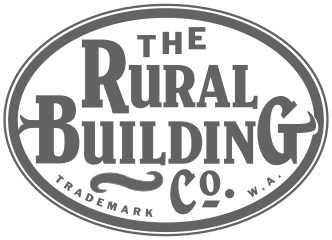Depending on your soil conditions, we offer a number of earthworks alternatives to support your home.
Cut and Fill
This is generally used in sandy conditions where the top vegetation layer is removed and then the sand is leveled to provide a sand pad for the installation of a concrete raft slab. The slab generally doesn’t require reinforcement and normal engineer’s condition in this environment in single storey construction is for a slab thickness of 85mm. This is usually classified as an ‘A-class site’.
Cut and Fill and Sand Pad
 This is where the top vegetation layer is removed and sand is imported to counter the movement of the soil through seasonal conditions – the shrinkage of the clay or soil between summer and winter. These sites are usually classified ‘S, M, H and E class sites’. The depth of the sand pad and the amount of steel reinforcement will depend on classification. The amount of concrete required to provide rigidity will also depend on classification. Generally, the sand pad will spread directly out from the house by 1800mm and then need to batter off at 30 degrees or retained. This can provide issues on sloping sites.
This is where the top vegetation layer is removed and sand is imported to counter the movement of the soil through seasonal conditions – the shrinkage of the clay or soil between summer and winter. These sites are usually classified ‘S, M, H and E class sites’. The depth of the sand pad and the amount of steel reinforcement will depend on classification. The amount of concrete required to provide rigidity will also depend on classification. Generally, the sand pad will spread directly out from the house by 1800mm and then need to batter off at 30 degrees or retained. This can provide issues on sloping sites.
Slab into Ground
As an alternative to cut and fill on sand pad, it is possible to provide footings directly into the ground but generally this is avoided due to the costs.
Waffle Pod Slab
 The Ribbed Raft – Waffle Pod Footing system is an innovative method of constructing concrete slabs, providing enormous strength and durability and significantly reducing building costs. The system of ‘on-ground’ rather than ‘in-ground’ slabs eliminates the need for labour intensive trenching – formerly essential to create underfloor concrete beams in conventional slab construction methods. Construction takes place on cleared level surfaces, allowing work to continue uninterrupted in inclement weather conditions. The environmentally friendly system uses polystyrene void formers arranged on the leveled building area in a grid pattern with reinforcing between and above the void formers. Concrete fills the spaces between and across the Ribbed Raft to form a slab over the entire area. The spaces between the void formers effectively become concrete beams on ribs resulting in a slab which is a structural element.
The Ribbed Raft – Waffle Pod Footing system is an innovative method of constructing concrete slabs, providing enormous strength and durability and significantly reducing building costs. The system of ‘on-ground’ rather than ‘in-ground’ slabs eliminates the need for labour intensive trenching – formerly essential to create underfloor concrete beams in conventional slab construction methods. Construction takes place on cleared level surfaces, allowing work to continue uninterrupted in inclement weather conditions. The environmentally friendly system uses polystyrene void formers arranged on the leveled building area in a grid pattern with reinforcing between and above the void formers. Concrete fills the spaces between and across the Ribbed Raft to form a slab over the entire area. The spaces between the void formers effectively become concrete beams on ribs resulting in a slab which is a structural element.


